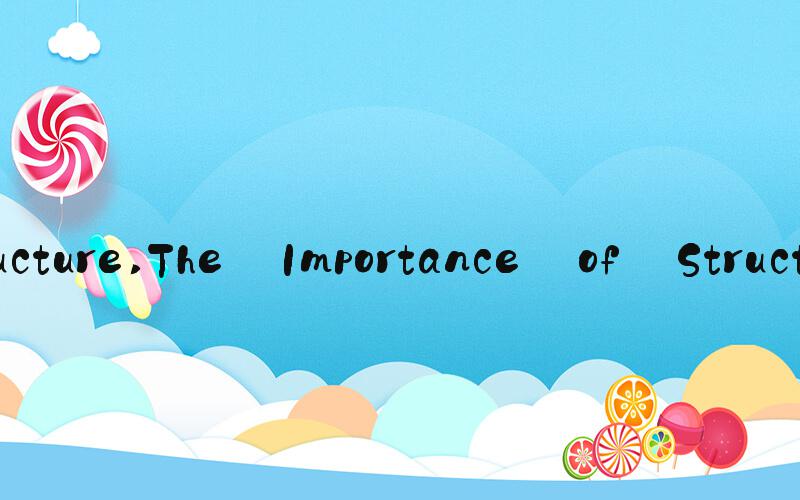
Structure: A Key Component of Successful Writing
Writing is not simply about putting words on paper or typing them into a computer. The words must be organized in a way that makes sense to the reader. This is where structure comes in. A well-planned structure can make the difference between a scattered, confusing piece of writing and a clear, insightful one. In this article, we will explore the importance of structure in writing and provide tips on how to create a solid framework for your writing.
The Importance of Structure
Structure provides a roadmap for your writing. It gives your ideas a logical sequence, makes it easier for the reader to follow your arguments, and helps to create a clear and concise message. A well-structured piece of writing can also make a stronger impact on the reader, as it is more memorable and easier to understand.
For example, imagine reading a news article that jumps from one topic to another without any clear connection. This can be confusing and make it difficult to follow the story. However, if the same article were structured with a clear introduction, followed by a series of related points, and ending with a conclusion, it would be much easier to follow and understand.
Tips for Creating a Solid Structure
1. Start with an outline: Before you begin writing, take some time to create an outline. This can be a formal outline with Roman numerals and bullet points, or it can be a rough sketch of the main points you want to cover. Having a clear plan before you start writing will help you stay focused and ensure that your writing stays on topic.
2. Use topic sentences: Each paragraph should have a clear topic sentence that states the main point you want to make. This helps the reader understand the purpose of the paragraph and how it fits into the overall structure of your writing.
3. Include transitions: Transitions are phrases or sentences that connect one idea to another. They help to create a smooth flow between paragraphs and ensure that your writing is easy to follow. Some examples of transitions include: "In addition," "On the other hand," and "Therefore."
4. Use subheadings: If you are writing a longer piece of writing, such as an essay, report, or research paper, consider using subheadings to break up the text. This can help to organize your ideas and make it easier for the reader to find the information they need.
5. Wrap it up: Every piece of writing should have a clear conclusion. This is your opportunity to summarize your main points and leave the reader with a clear take-away message. A strong conclusion can leave a lasting impression on your reader and help to reinforce your message.
Conclusion
Overall, structure is a key component of successful writing. By taking the time to plan out your writing, using topic sentences and transitions, and including a clear conclusion, you can create a well-structured piece of writing that is easy to read and understand. Remember, a well-structured piece of writing can make the difference between a piece that is forgettable and one that leaves a lasting impression.

